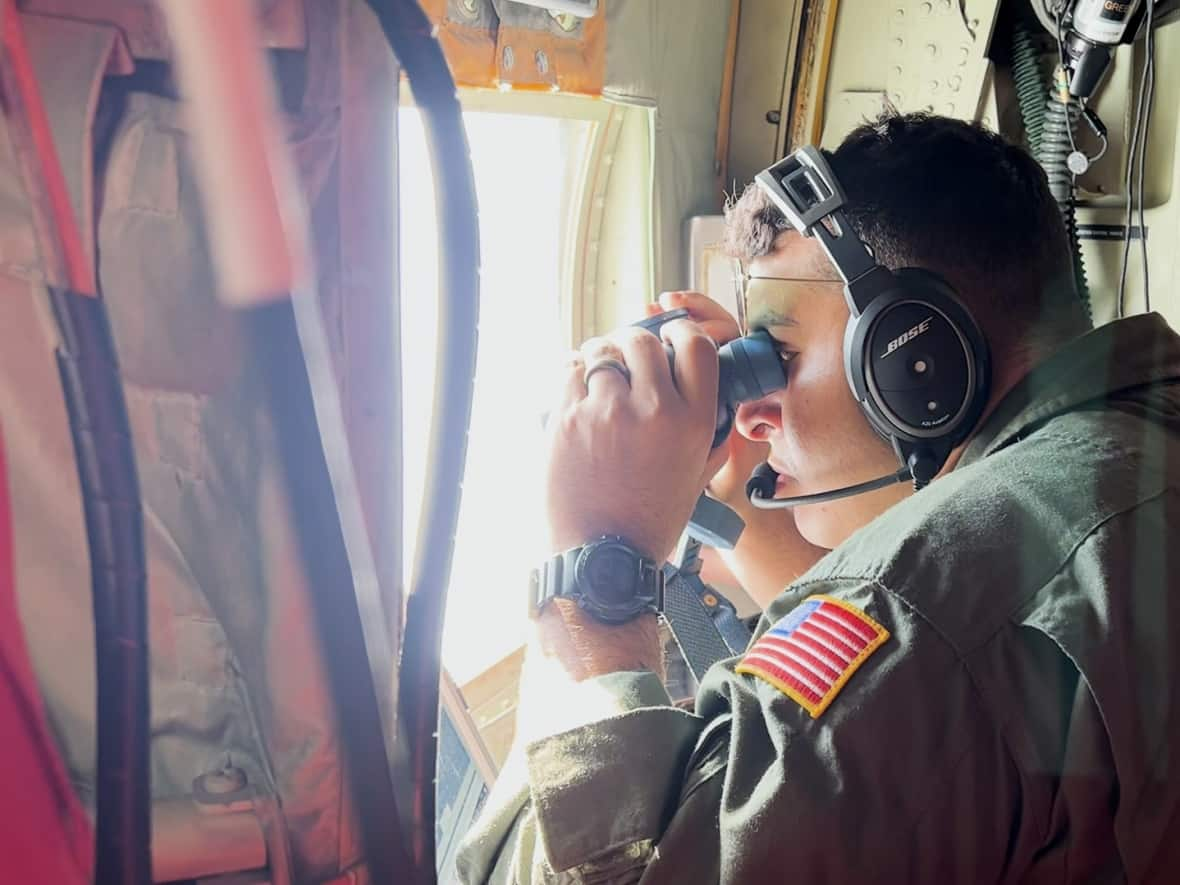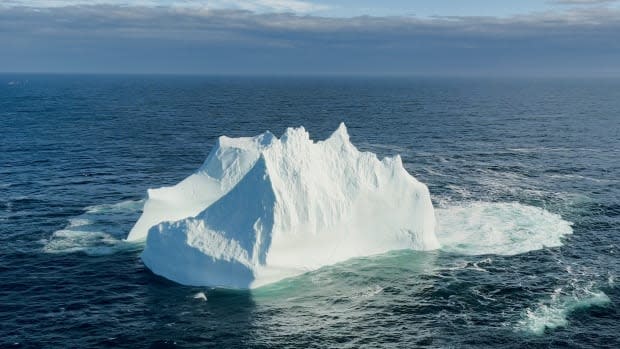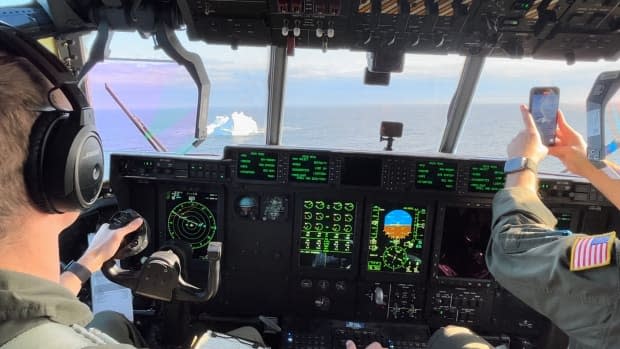'Last dance vibe': After 100 years, the International Ice Patrol is winding down N.L. iceberg flights

A program founded over 100 years ago, spawned by the sinking of one the most famous vessels in history — the RMS Titanic — is quietly winding down.
Over the next couple of years, staffed flight missions of the International Ice Patrol will become a thing of the past as satellites and drones become more advanced.
"I think we're towards the end of the era of the aviation mission and soon the satellites will be doing all of the work," tactical commander Lt. Alex Hamel told CBC News during a recent flight.
"It's a shame to let go of the aircraft, for sure, but this aircraft is multipurpose, multimission and can easily be reassigned to do other things that could be more important — search and rescue, fisheries, law enforcement. I think that will be the direction of this aircraft."
The U.S. navy started the program in 1914 — soon after an iceberg collision sank the Titanic — to track icebergs off Newfoundland's coast and deliver up-to-date information to ships trying to safely navigate the north Atlantic.
WATCH | Check out the crew's amazing view, and meet the last member of the International Ice Patrol to be screeched-in while stationed in St. John's:
These days the monitoring happens from the air — a seven-person joint mission between Canada and the United States, flown by the U.S. coast guard in a C-130 airplane based out of St. John's.
Hamel, who hails from New England, describes his job to family at home as "unique" and "lucky."
He expects to fly at least one more full iceberg season before the manned portion of the mission calls it quits.
"The group of us that has been here for a few years and maybe a few years more, we definitely sense the sun setting," Hamel said.
"The biggest thing that we will lose is the ability to confirm if water is actually empty — confirm the absence of icebergs. That is not something that the satellites do well."

Aircraft commander Lt. William Hasbrook of North Carolina is in charge during the flights.
He's also a photographer who takes the opportunity to collect photos for himself from the best seat in the house: the cockpit.
"I love to share it all with the crew and share the experiences with my friends and family at home," Hasbrook said.
"It's a once-in-a-lifetime experience. It's awesome to go out with a crew."
And while the mission winds down with a few flights left on the clock, it's Hasbrook's last season regardless.

"I'm due to transfer up to Kodiak, Alaska, this summer so this is probably going to be my last International Ice Patrol flight. It definitely does have a 'last dance' vibe for me," he said.
"For the local crowd in St. John's cheering us on, I cannot thank you enough for your hospitality. Each time we come here we're always welcomed with open arms, and the people are incredible."


